The Essential Guide to Choosing the Right Drip Trays for Your Home and Garden
Choosing the right drip trays for your home and garden is essential for effective water management, protecting your plants and surroundings from excess moisture. According to the National Gardening Association, nearly 80% of gardeners report issues related to overwatering, often leading to root rot and other plant diseases. Drip trays play a crucial role in capturing excess water from potted plants, making them a vital component for both indoor and outdoor gardening.
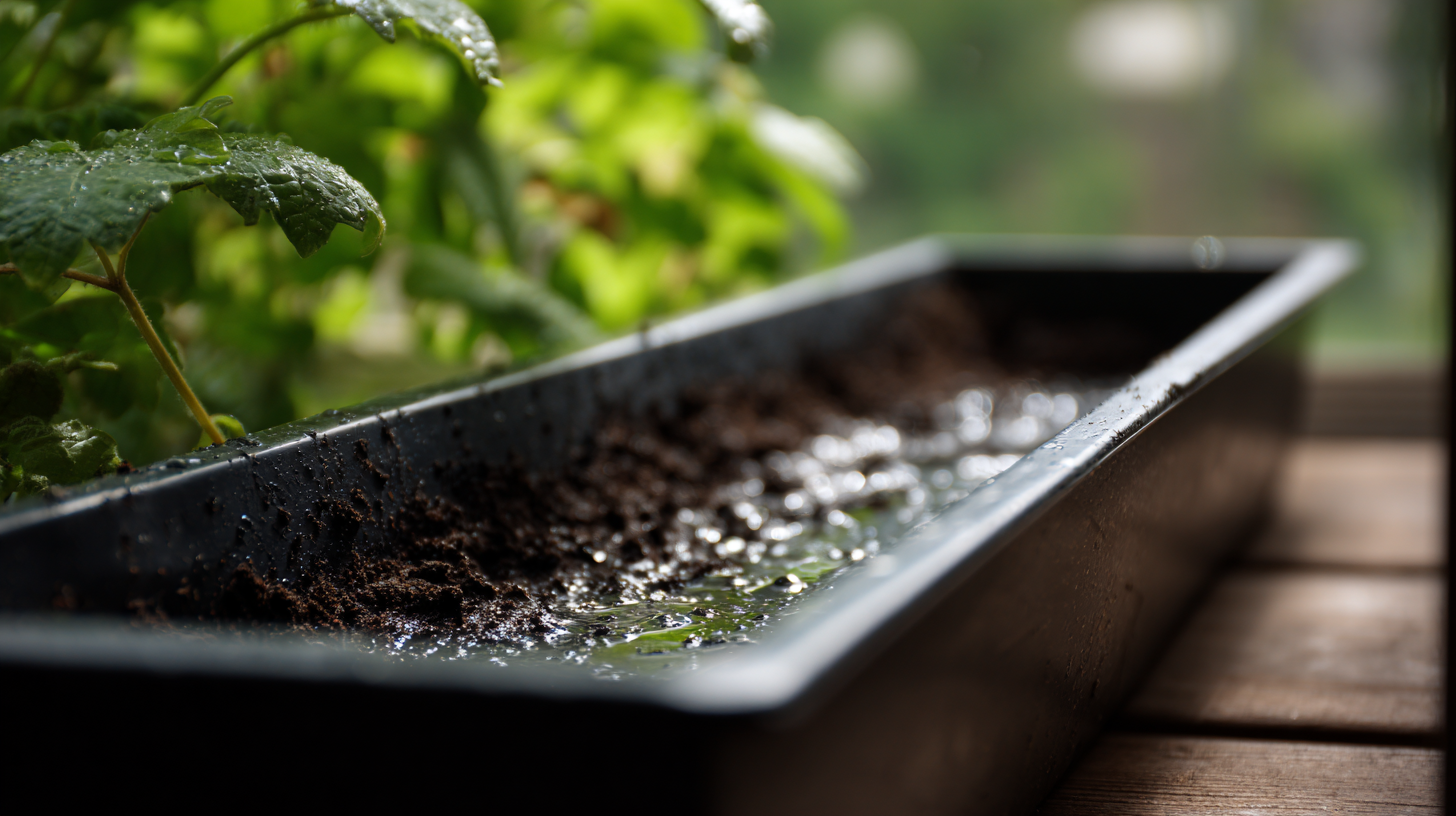
With the global gardening supplies market projected to reach $40 billion by 2024, the demand for high-quality drip trays is on the rise, reflecting their significance in modern horticulture. This guide aims to navigate homeowners and gardening enthusiasts through the myriad of options available, ensuring they find the perfect drip trays suited to their specific needs and styles.
Understanding the Different Types of Drip Trays for Your Plants
When selecting the right drip trays for your plants, understanding the various types available is key to ensuring optimal health and growth. Drip trays serve as essential accessories for potted plants, capturing excess water and preventing root rot. According to a report from the American Society of Landscape Architects, choosing the correct tray can influence moisture levels and nutrient delivery, making it crucial for both amateur and professional gardeners.
There are two primary types of drip trays: saucers and deeper trays. Saucers are shallow and work well for smaller pots, effortlessly collecting drainage while allowing for easy access to the water for further usage. On the other hand, deeper trays are ideal for larger plants, providing ample space for excess water without causing soil saturation. According to a survey by the National Gardening Association, 83% of gardeners reported improved plant health after switching to appropriately sized drip trays.
**Tips:** Always ensure your drip tray is slightly larger than the pot's diameter to catch all runoff. For outdoor settings, consider materials that withstand varying weather conditions, such as resin or metal. Regularly check the water levels in the tray to prevent stagnation, which can attract pests and diseases.
The Essential Guide to Choosing the Right Drip Trays for Your Home and Garden - Understanding the Different Types of Drip Trays for Your Plants
| Type of Drip Tray | Material | Size (inches) | Best For |
|---|---|---|---|
| Plastic Drip Tray | Plastic | 10 x 10 | Indoor Plants |
| Ceramic Drip Tray | Ceramic | 8 x 8 | Decorative Use |
| Metal Drip Tray | Metal | 12 x 12 | Outdoor Plants |
| Wooden Drip Tray | Wood | 14 x 14 | Large Potted Plants |
| Bamboo Drip Tray | Bamboo | 16 x 16 | Eco-friendly Use |
Factors to Consider When Selecting Drip Trays for Home Use
When selecting drip trays for home use, it is essential to consider several critical factors to ensure efficiency and effectiveness. First, the material of the tray plays a significant role; plastic, metal, and ceramic options vary in durability and maintenance. According to a report by the American Association of Home and Garden, high-density polyethylene (HDPE) trays are favored for their resistance to UV light and chemicals, making them ideal for both indoor and outdoor use.
Another crucial consideration is the size and capacity of the drip tray. Choosing a tray that fits properly under your pots is vital to prevent overflow and associated water damage. The same report indicates that many homeowners underestimate the amount of water that can accumulate, leading to mishaps in their gardens. Additionally, opting for trays with raised edges can help contain spills, promoting cleaner gardening practices and protecting your floors or surfaces. Lastly, ease of cleaning should not be overlooked; surfaces that allow for quick rinsing and drying can help maintain hygiene effectively, particularly for plants susceptible to mold or pests.
Essential Factors to Consider When Choosing Drip Trays
Best Materials for Drip Trays: Pros and Cons
When selecting drip trays for your home and garden, it's essential to consider the materials they are made from, as each comes with its own set of advantages and disadvantages. Plastic trays are lightweight and typically inexpensive, making them a popular choice for many homeowners. However, they may not be as durable as other materials and can become brittle over time when exposed to sunlight. On the positive side, they are easy to clean and often come in various colors and designs, allowing you to choose one that fits your aesthetic.
Terracotta and ceramic trays offer a more rustic look and excellent breathability for plants, which can help prevent overwatering. While they are more durable than plastic, they can be heavy and prone to cracking if dropped. Additionally, they tend to absorb moisture, which might lead to unwanted staining if not properly cared for.
Tips: Always consider the weight and stability of the tray, especially for larger plants. If you frequently move your plants around, lighter materials might be more convenient. Additionally, ensure that the tray is appropriately sized for your pots to effectively capture excess water, helping to maintain a tidy living space.
How to Properly Maintain and Clean Your Drip Trays
Maintaining and cleaning your drip trays is essential not only for aesthetic reasons but also for the longevity of your plants and overall home environment. According to a report from the American Society for Horticultural Science, stagnant water in drip trays can lead to the proliferation of algae and harmful bacteria, underscoring the necessity of regular maintenance. Ideally, drip trays should be emptied and rinsed out every week, especially during hot weather when evaporation is quicker, which can reduce the risk of diseases that affect both plants and pets.
To properly clean your drip trays, start by removing any debris or leftover soil, which can harbor pests. A mixture of mild soap and water is effective for disinfecting, and it’s important to rinse thoroughly to remove any soap residue. The University of Florida's Extension Service recommends using a diluted bleach solution (one part bleach to ten parts water) for deep cleaning every few months, ensuring that the trays are free from pathogens. After cleaning, allow the trays to dry completely before reusing to prevent moisture buildup, which can adversely affect your indoor and outdoor plants. Keeping your drip trays clean will greatly improve plant health and create a more pleasant environment in your home and garden.
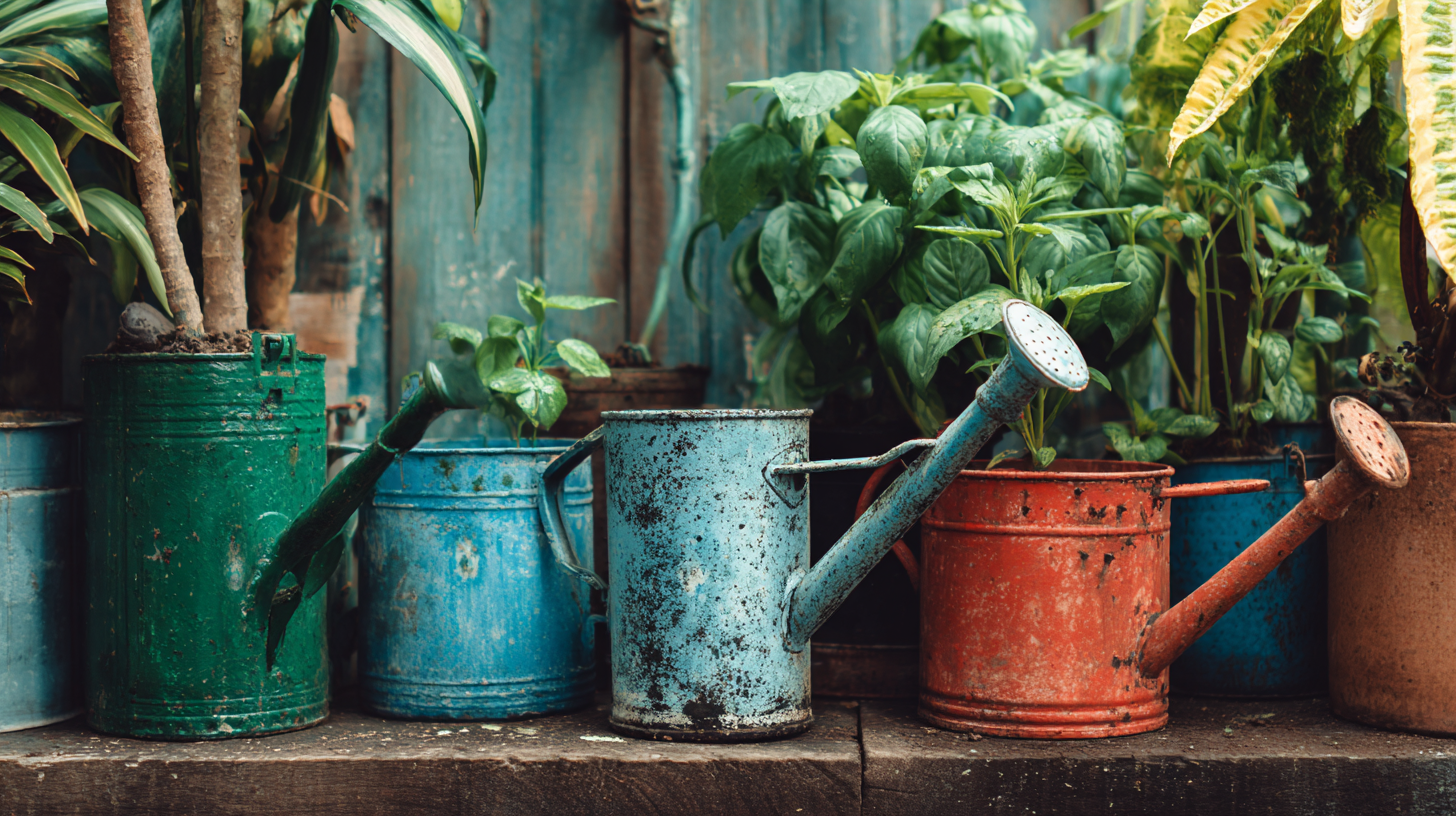
Creative Ways to Incorporate Drip Trays into Your Garden Design
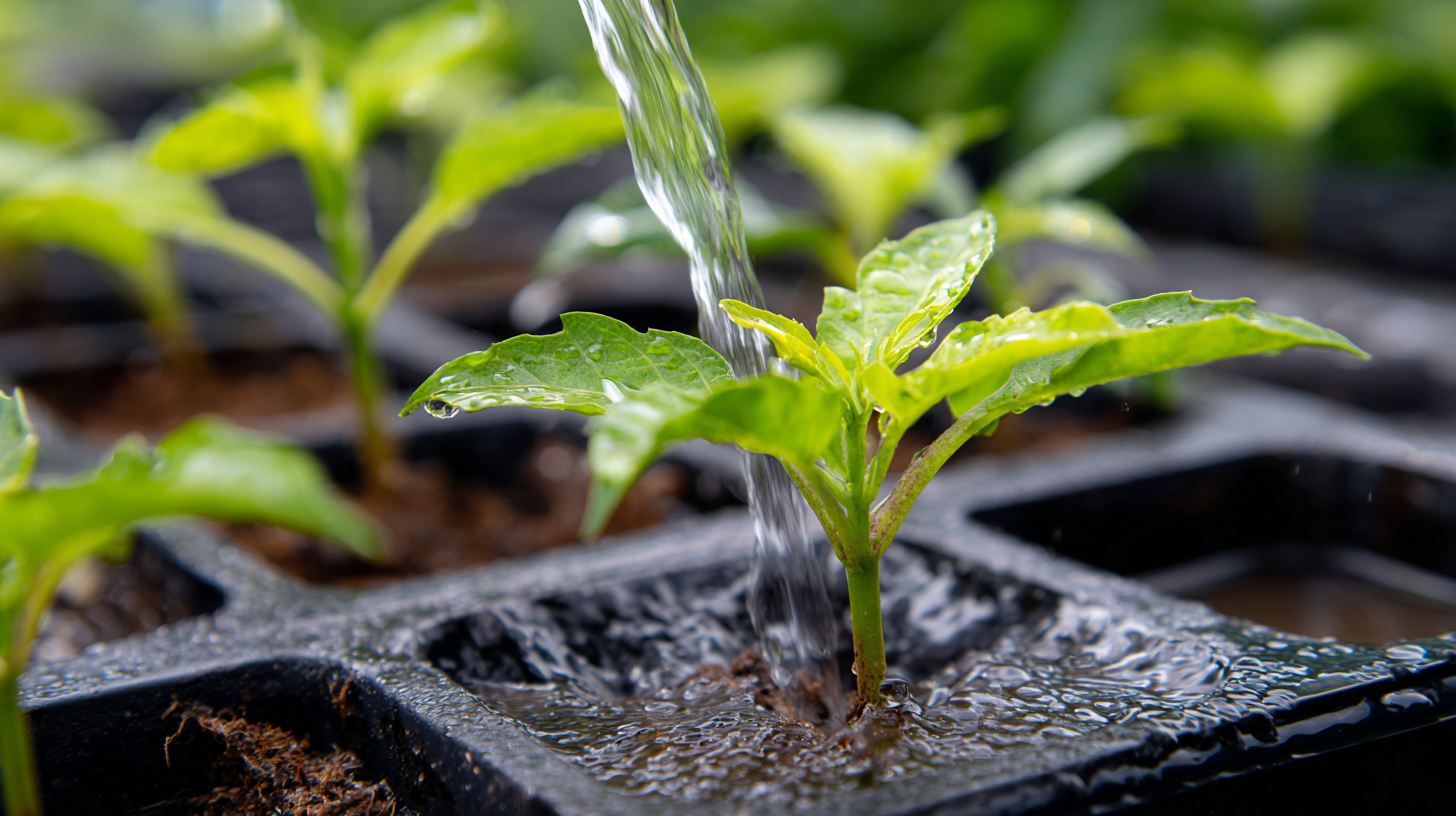 Drip trays can be an excellent addition to your garden design, providing both functionality and creative flair. They can be used to catch excess water from potted plants, preventing water from pooling and potentially damaging your garden surfaces. However, they can also serve as decorative elements. For instance, placing vibrant drip trays under colorful containers can create a harmonious color palette, enhancing the visual appeal of your garden area. By selecting drip trays in complementary colors or unique shapes, you can elevate the overall aesthetic and integrate them smoothly into your existing garden design.
Drip trays can be an excellent addition to your garden design, providing both functionality and creative flair. They can be used to catch excess water from potted plants, preventing water from pooling and potentially damaging your garden surfaces. However, they can also serve as decorative elements. For instance, placing vibrant drip trays under colorful containers can create a harmonious color palette, enhancing the visual appeal of your garden area. By selecting drip trays in complementary colors or unique shapes, you can elevate the overall aesthetic and integrate them smoothly into your existing garden design.
In addition to their practical uses, drip trays can be repurposed in innovative ways. Consider using them as miniature water gardens, where small aquatic plants thrive, promoting biodiversity in your outdoor space. Alternatively, they can be transformed into rustic bird baths or even whimsical art pieces when painted or adorned with mosaic tiles. Such creative applications not only maximize the utility of drip trays but also add unique charm to your garden, making the space truly your own.
Related Posts
-
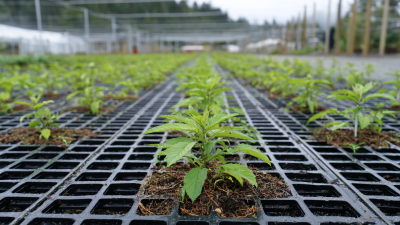
What is the Importance of Extra Large Plastic Drip Trays in Modern Agriculture
-
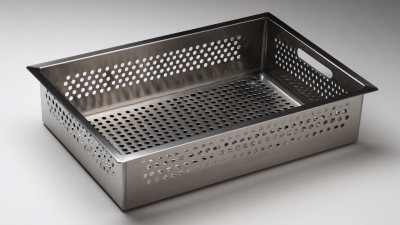
Exploring the Top Features of the Best Large Drain Pan for Global Buyers
-

Maximize Kitchen Cleanliness with the Ultimate Guide to Choosing a Large Drip Pan
-

Understanding the Process of Vacuum Forming Plastic: A Beginner's Guide
-

5 Essential CNC Machine Tips to Boost Productivity by 30% in Your Manufacturing Process
-

10 Essential Tips for Sourcing the Best Plastic Drip Tray for Your Business Needs